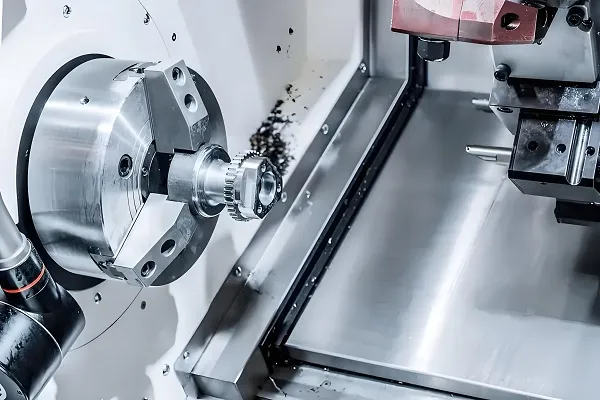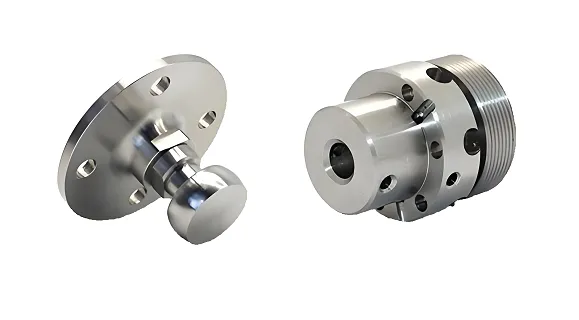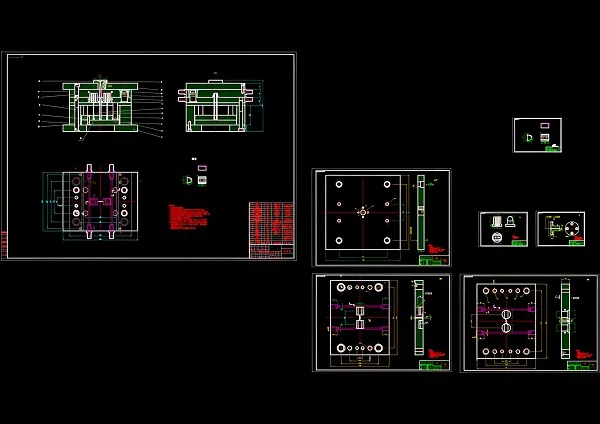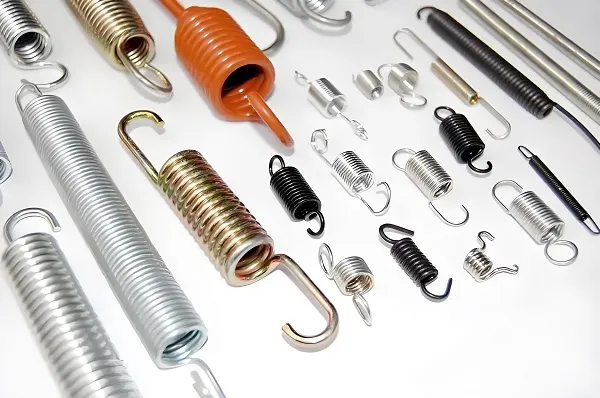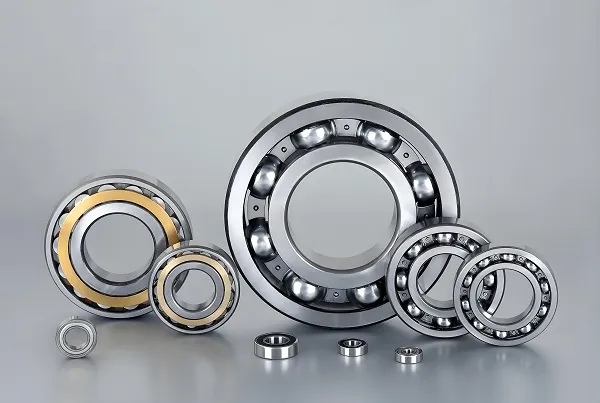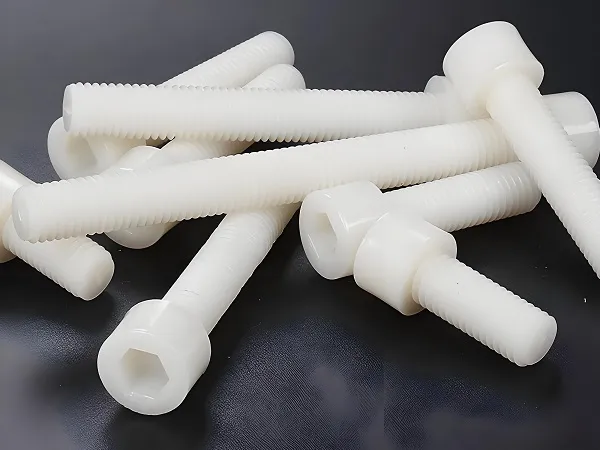Overview of Automotive Plastic Injection Molded Parts
Automotive plastic injection molded parts are an integral component in modern automotive industry, characterized by their lightweight, high precision, and corrosion resistance. They not only effectively enhance the fuel economy of vehicles but also serve as a buffer during collisions, protecting both the vehicle and its occupants. Through injection molding, plastic parts can be formed in a single step, significantly improving production efficiency.
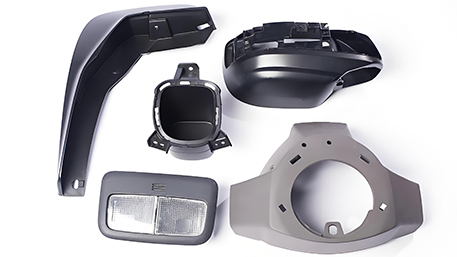
Production Process of Automotive Plastic Injection Molded Parts
- Monomer Production: Starting with raw materials, monomers are synthesized through chemical reactions.
- Resin Production: Monomers undergo polymerization to form high-molecular-weight compounds known as resins.
- Specialized Material Preparation: The resin is mixed with various additives (such as thermal stabilizers, antioxidants, UV absorbers, etc.), dispersed, melted, and pelletized to form specialized materials.
- Injection Molding: The specialized material is heated and melted, then injected into a mold through an injection molding machine. After cooling and solidification, the part is ejected from the mold.
- Post-Processing: Depending on needs, the injection molded part may undergo cutting, grinding, assembly, and other post-processing steps.
Customization of Automotive Plastic Injection Molded Parts
- Needs Analysis: Communicate with customers to clarify the size, shape, performance, and other requirements of the injection molded part.
- Material Selection: Choose appropriate resins and additives based on requirements to form specialized materials.
- Mold Design: Design and manufacture a mold based on the shape and size of the injection molded part.
- Injection Molding Process Settings: Determine the parameters of the injection molding machine (such as temperature, pressure, injection speed, etc.) to ensure part quality.
- Prototype Production: Produce prototypes and conduct testing and evaluations.
- Mass Production: Produce in bulk according to customer requirements while strictly controlling quality.
Material Introduction for Automotive Plastic Injection Molded Parts
Material: Resins (such as Polycarbonate PC, Acrylonitrile Butadiene Styrene ABS, etc.) and various additives.
Characteristics:
- Lightweight: Plastic injection molded parts are lighter than metal parts, contributing to reduced vehicle weight and improved fuel economy.
- High Precision: Injection molding ensures high precision in the size and shape of the parts.
- Strong Corrosion Resistance: Plastic injection molded parts exhibit excellent corrosion resistance, with localized damage not leading to overall corrosion.
- Elastic Deformation: Plastic injection molded parts can absorb significant collision energy, serving as a buffer to protect the vehicle and its occupants.
Characteristics of Automotive Plastic Injection Molded Parts Made from Different Materials
| Product | Material | Density (g/cm³) | Tensile Strength (MPa) | Bending Strength (MPa) | Impact Strength (kJ/m²) |
|---|---|---|---|---|---|
| Dashboard | Polycarbonate PC | 1.2 | 60 | 90 | 20 |
| Steering Wheel | ABS | 1.05 | 40 | 60 | 15 |
| Bumper | Polypropylene PP | 0.9 | 30 | 45 | 10 |
| Body Trim Strip | Nylon PA | 1.15 | 50 | 80 | 18 |
| Seat Components | Thermoplastic Polyurethane TPU | 1.2 | 55 | 75 | 22 |
Note: The above data are typical values and may vary depending on material formulations, injection molding processes, and other factors.
FAQs on Customized Automotive Plastic Injection Molded Parts
Q1: What is the production cycle for automotive plastic injection molded parts?
A1: The production cycle depends on the size of the injection molded part, quantity, and complexity of the mold. Generally, it takes a few weeks from small-batch prototyping to mass production.
Q2: How is the quality of automotive plastic injection molded parts ensured?
A2: Quality is ensured through strict control of raw material quality, mold design and manufacturing precision, injection molding process parameters, and post-processing procedures. Additionally, rigorous testing and evaluations of prototypes are conducted.
Q3: Can automotive plastic injection molded parts be recycled and reused?
A3: Yes, automotive plastic injection molded parts are easy to recycle and reuse. During vehicle recycling, plastic parts can be repaired and reused through welding, heat baking, thermal shaping, and other methods.
Q4: How do you choose the right material for automotive plastic injection molded parts?
A4: Choosing the right material involves considering the application, working environment, and performance requirements of the part. For example, for parts that need to withstand significant impacts, materials with high strength and toughness should be selected; for parts that require corrosion resistance, materials with excellent corrosion resistance should be chosen. Additionally, material cost and processability must also be considered.
Q5: What factors influence the price of automotive plastic injection molded parts?
A5: The price of automotive plastic injection molded parts is influenced by factors such as raw material cost, mold cost, complexity of the injection molding process, production quantity, and market demand. Generally, parts with high material costs, high mold costs, complex processes, and low production quantities tend to have higher prices.

